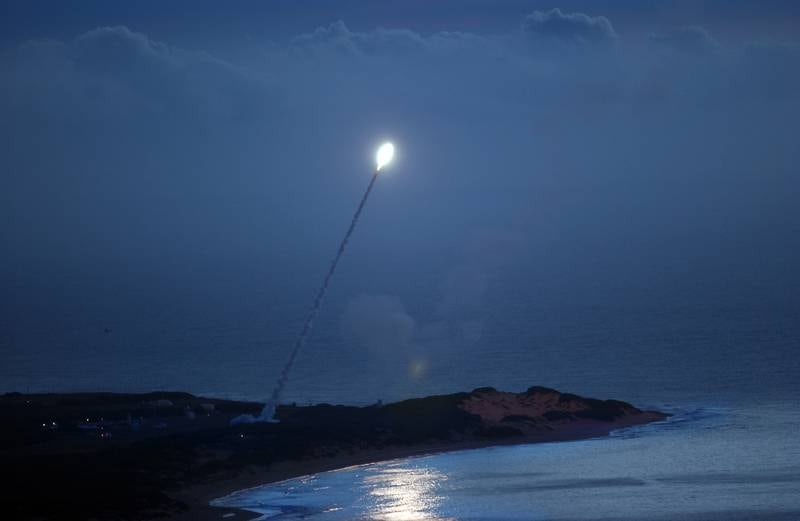WASHINGTON — Prototype work on combined electronic warfare, cyber and signals intelligence technology to be mounted into U.S. Army armored vehicles will happen this year, with eyes set on operational demonstrations in 2024, according a service official.
The so-called Terrestrial Layer System, or TLS, is designed to provide soldiers greater situational awareness on the battlefield, as well as improved means to disrupt or dismantle enemy networks.
Mark Kitz, who leads the Army’s Program Executive Office for Intelligence, Electronic Warfare and Sensors, or PEO IEW&S, said the service “has some very positive momentum†regarding TLS, including the “prototyping for our armored brigades, on an AMPV platform.â€
The AMPV, or Armored Multi-Purpose Vehicle, will replace the Vietnam War-era M113 troop carrier, hundreds of which have been committed to Ukraine to help push back the Russian invasion. The AMPV shares common components with the Army fleet, including howitzers, a factor service officials say will ease logistics and maintenance demands.
“It’s really critical for the Army, and the joint services, to understand that future operating environment that we’re going to fight in,†Kitz said at the 22nd annual C4ISRNET Conference, held virtually April 26. “And being able to see far, being able to sense deep and being able to understand that environment is really critical to the future of how we want to operate.â€
RELATED

Modern warfare often revolves around control of the electromagnetic spectrum, relied upon for weapons guidance, communication with friendly forces and the identification of foes in the field. The Army is attempting to beef up its electronic warfare arsenal for large-scale battles with the likes of China or Russia after years of focusing on counterterrorism and the Middle East.
“I think our investments now are very different, as we get into a multi-domain operations fight,†Kitz said of electronic warfare spending. “In order to deliver an effect, you’ve got to be able to do it much more surgically.â€
PEO IEW&S earlier this month tapped Lockheed Martin to fit TLS tech onto Stryker combat vehicles, made by General Dynamics, and kicked off “the system design†for mounting into AMPVs, made by BAE Systems.
The deal is valued at $73 million. Lockheed is the world’s largest defense contractor when ranked by revenue, according to Defense News analysis.
The green light for the Maryland-based company to work on AMPV integration follows both a previous TLS award in July, worth about $59 million, and delivery of the AMPV to the 1st Brigade Combat Team, 3rd Infantry Division, at Fort Stewart in Georgia.
Colin Demarest was a reporter at C4ISRNET, where he covered military networks, cyber and IT. Colin had previously covered the Department of Energy and its National Nuclear Security Administration — namely Cold War cleanup and nuclear weapons development — for a daily newspaper in South Carolina. Colin is also an award-winning photographer.







